Stem cell therapy for tendon and ligament injuries in the horse - technique and outcome
Journal Article
Smith, R. K. W. Stem cell therapy for tendon and ligament injuries in the horse - technique and outcome
The technique involves the collection of bone marrow from the sternum in the standing sedated horse, followed by isolation and expansion of the nucleated adherent cell population (containing the MSCs) in the laboratory. After approximately 2-3 weeks,... Read More about Stem cell therapy for tendon and ligament injuries in the horse - technique and outcome.
